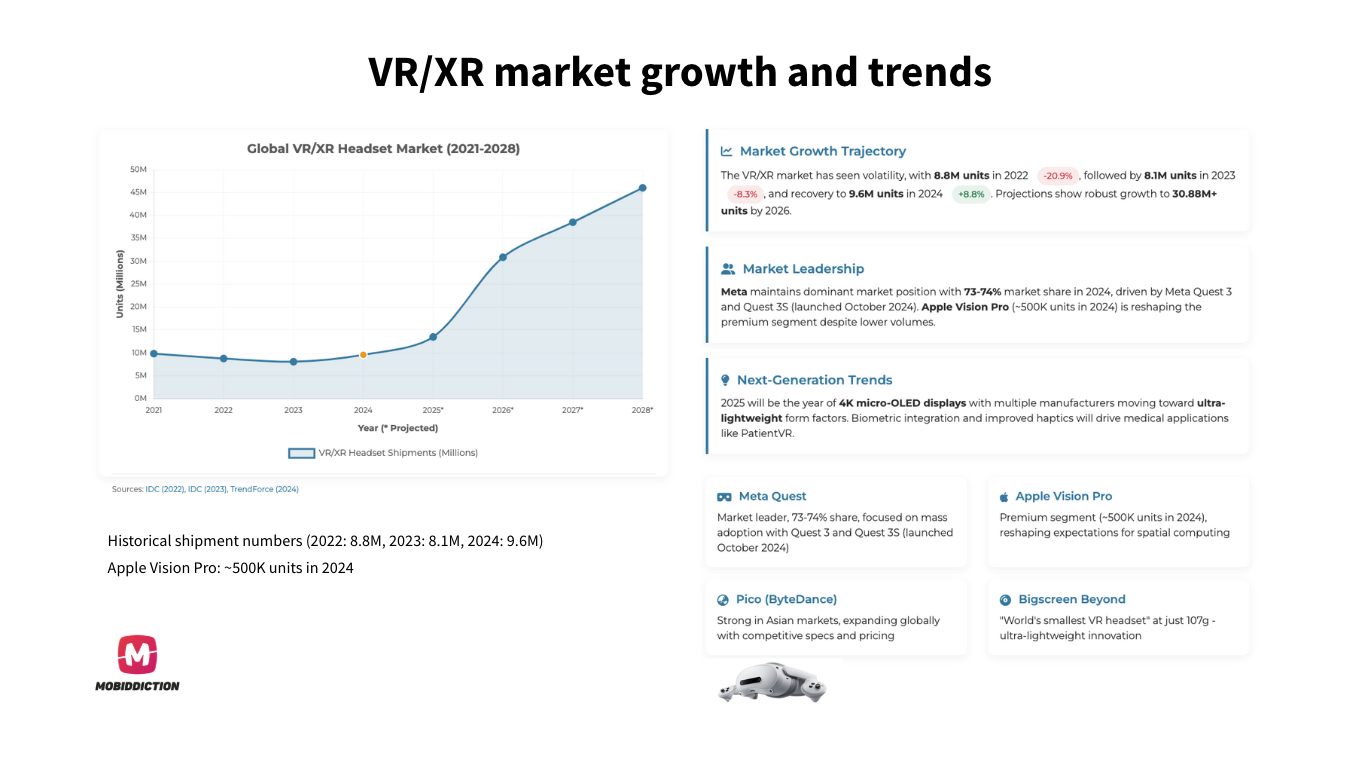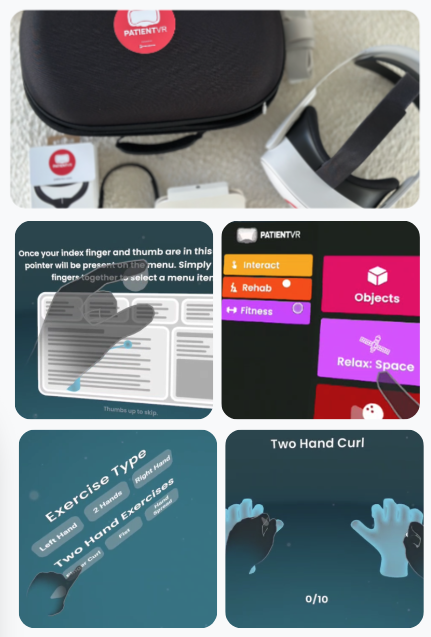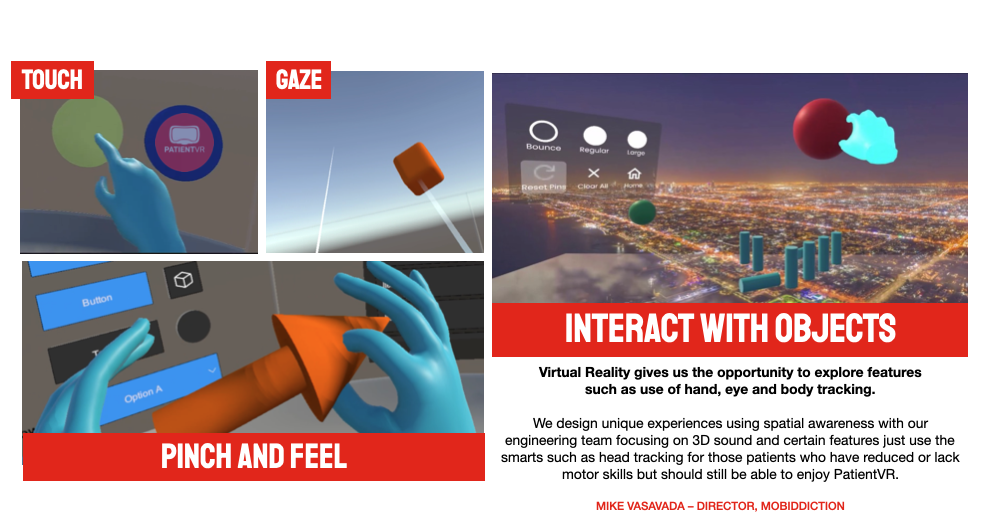A Turning Point for VR
For years, virtual reality sat on the sidelines of the business world – exciting for gamers, eye-catching at expos, but easy to dismiss as a passing trend. That’s no longer true. In 2025, VR has carved out a serious role in the real economy. Companies are adopting it not for show, but because it solves real problems – training workforces, improving collaboration, and creating new customer experiences. This shift is fueling a true VR rebound, one that’s starting to reshape industries from the inside out.

Why the VR Market Is Rebounding in 2025
The last decade saw VR stumble through plenty of false starts – expensive headsets, clunky hardware, and pilot projects that rarely scaled. But 2025 marks a clear pivot. Enterprises are finally investing in platforms that move beyond experiments, hardware is lighter and more affordable, and shifting workplace dynamics have created a real demand for immersive collaboration and training.
These forces are pushing VR out of the realm of hype and into the fabric of everyday business. No longer a futuristic promise, VR is becoming a practical tool that improves efficiency, strengthens connections in hybrid teams, and creates new opportunities across industries. In 2025, it’s not about what VR might do someday – it’s about the impact it’s already making.
Enterprise VR 2025: Use Cases That Deliver Real Value
What sets this wave apart is that VR in business 2025 is being deployed where it counts. Some of the most impactful business applications of VR include:
- Workforce training: Healthcare teams, pilots, and factory workers are gaining hands-on experience in safe, simulated environments. Platforms like PatientVR are giving medical staff realistic practice scenarios to sharpen their skills without risk to patients.
- Collaboration and design: Architects, engineers, and product teams are building and reviewing projects together in shared 3D spaces.
- Customer engagement: Retailers, automakers, and real estate firms are creating immersive experiences that help customers explore before they buy.
These aren’t “nice-to-haves” anymore—they’re real world VR applications that save money, improve safety, and strengthen customer relationships.
The Expanding Impact of the VR Economy
 The ripple effects of VR are spreading well beyond the tech world. Manufacturers are streamlining production with virtual simulations, educators are building engaging classrooms online, and logistics firms are testing supply chain scenarios in 3D before committing resources. These aren’t futuristic experiments – they’re practical shifts happening inside industries that once seemed far removed from VR.
The ripple effects of VR are spreading well beyond the tech world. Manufacturers are streamlining production with virtual simulations, educators are building engaging classrooms online, and logistics firms are testing supply chain scenarios in 3D before committing resources. These aren’t futuristic experiments – they’re practical shifts happening inside industries that once seemed far removed from VR.
The future of VR in the economy isn’t about niche players anymore. It’s becoming a core business tool, helping organizations cut costs, reduce risks, and rethink how work gets done. In 2025, VR is no longer a side project – it’s moving into the center of how companies operate and compete.
Why 2025 Stands Out for VR in Business
What makes 2025 different for VR is the clear return on investment. Earlier attempts struggled to justify the cost, but this time companies are seeing tangible results. Training programs are cheaper and more effective because employees can practice in realistic, low-risk environments. Hybrid teams are finding it easier to work together in virtual spaces that feel more natural than endless video calls. Customers, too, are responding to immersive experiences that let them explore products or services before committing. These benefits are translating into real savings, better productivity, and stronger engagement. For many businesses, that’s the proof they had been waiting for. Executives are no longer treating VR as an experiment or a novelty. Instead, they’re exploring how to expand its use across more departments and functions. The conversation has shifted from “if” to “where next,” and that’s a major sign that VR has finally earned its place in the real economy.

Looking Ahead: The Future of VR in Business
VR is no longer a novelty – it’s becoming part of how business gets done. The companies that lean in now will be the ones to set the pace as the technology matures and spreads across industries. The rebound we’re seeing in 2025 is proof that this isn’t about hype anymore; it’s about real results in training, collaboration, and customer engagement. For the first time, VR feels less like a glimpse of the future and more like a smart business decision today.
Frequently Asked Questions
Why is 2025 considered a turning point for VR in the economy?
2025 marks a turning point for VR because hardware has become lighter and more affordable, enterprise platforms are scaling, and businesses are seeing real ROI. VR is no longer a novelty – it’s now driving efficiency, collaboration, and customer engagement across industries.
What are the top enterprise VR use cases in 2025?
The most impactful enterprise VR use cases in 2025 include workforce training, immersive collaboration, 3D design reviews, healthcare simulations for patient care and surgical training, and customer engagement experiences. These applications save costs, improve safety, enhance clinical outcomes, and create stronger customer relationships.
How does VR improve workforce training and collaboration?
VR allows employees to train in safe, simulated environments, reducing risks and expenses compared to traditional methods. For collaboration, VR creates shared 3D workspaces where hybrid teams can interact naturally, improving communication and project outcomes.
Which industries benefit most from real-world VR applications?
Industries seeing the biggest benefits include healthcare, aviation, manufacturing, logistics, retail, health care, real estate and education. These sectors use VR for training, simulations, product testing, and customer experiences that improve performance and reduce costs. There is also a growing demand for training in a simulated environment for use cases such as a career taster program or on the job training using VR for “best start” use cases which cover general onboarding and OH&S style safety training using Virtual Reality.
At Mobiddiction, we started our VR journey a few years ago with headsets being used within the Google cardboard for use cases to showcase 360º content, then came about the introduction of headsets with more hardware and software features so we started to use the MetaQuest 2 which now feels limited as we are now working on the MetaQuest 3 and the 3S headsets with features such as gesture recognition using no controllers, head tracking and the use of MetaQuest PRO with the eye tracking capabilities.
What economic impact does VR have on businesses in 2025?
In 2025, VR is boosting productivity, cutting training and travel costs, and enabling faster product development. Companies are reporting stronger employee engagement and higher customer conversions, making VR a key driver of economic value in the real economy.

